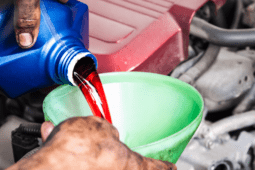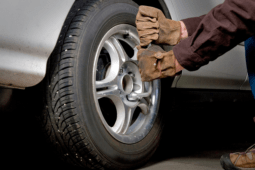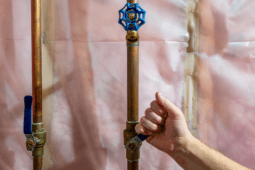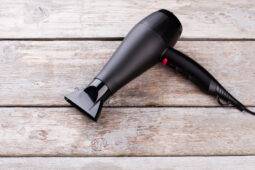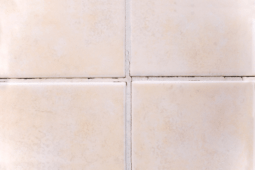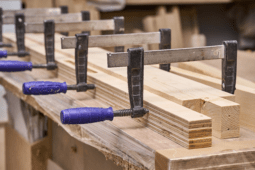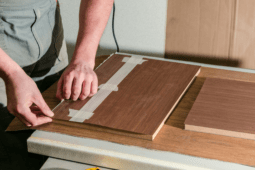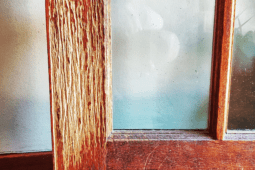How to Remove Paint From Metal The Correct Way
Do-it-yourselfers out there follow a similar mantra: just paint it. Whether it be dressers, hardware, doors, lamps, or anything else under the sun, throwing a new coat of paint on it can bring about new life.
Sometimes, however, minds get changed. Or worse, the paint job is a sloppy one. When paint gets stuck, particularly on metal hardware, it can look tacky and ugly instead of providing new life. When it comes to removing paint from metal, the process is generally simple. A little bit of paint thinner and some elbow grease can go a long way. Here is how to remove paint from metal.
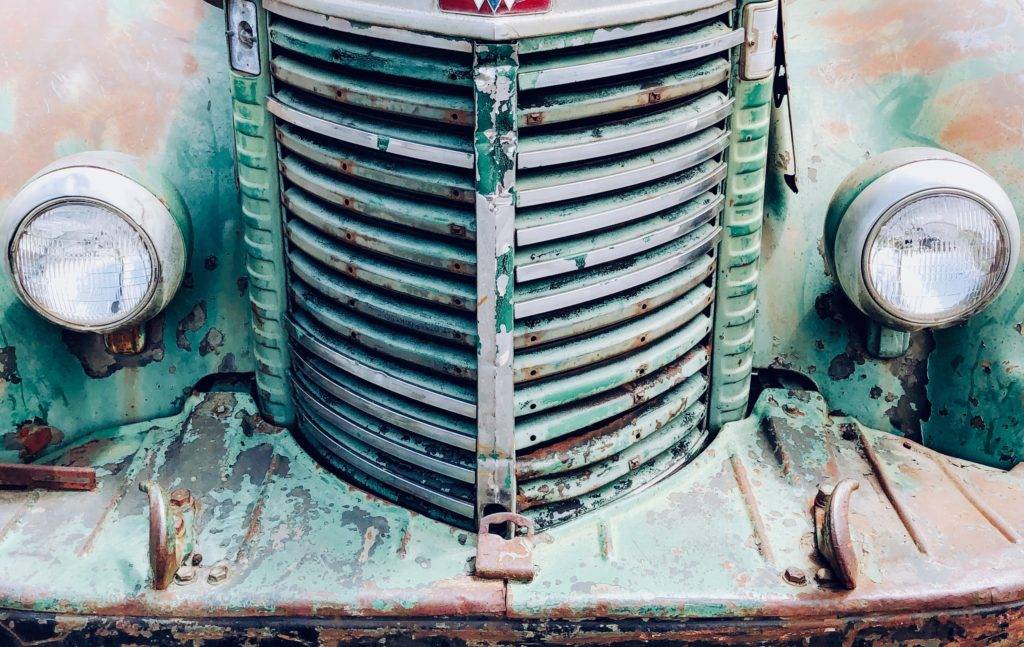
How to Remove Paint From Metal
The process is relatively straightforward most of the time. This walkthrough will cover how to use paint thinner and a scraper to get the job done, but that is not the only method. There are other processes that can be used (more on that later). It is about finding what works best and most effectively.
As is the case with any job, being prepared and thorough is key. Don’t enter this process with a half-effort. Otherwise, you will find yourself frustrated and likely with faded paint. It’s kind of the worst of both worlds.
Step 1: Gather Your Materials
Before we can truly begin, we need to have the proper materials to get the job done. The good news is that most of this stuff can be had at your local home improvement store for relatively cheap. You will need safety items – rubber gloves, respirator mask, and eye protection – to shield you from the paint stripper.
In addition to the paint stripper and safety items, disposable paint brushes, mineral spirits, a scraper, some scrubbing pads, and a bunch of drop clothes will be necessary. You may be able to get the job done with a few fewer items but being better prepared means that if one method doesn’t work, you can transition into the next.
Step 2: Prepping
As is the case with anything in life, preparation is key. Start by covering the flooring surrounding your workpiece with drop cloths. Not that you should be aiming to be messy, but drips can and will happen. Easier to pick up some drop cloths and toss them than have to scrub paint off of flooring or carpet.
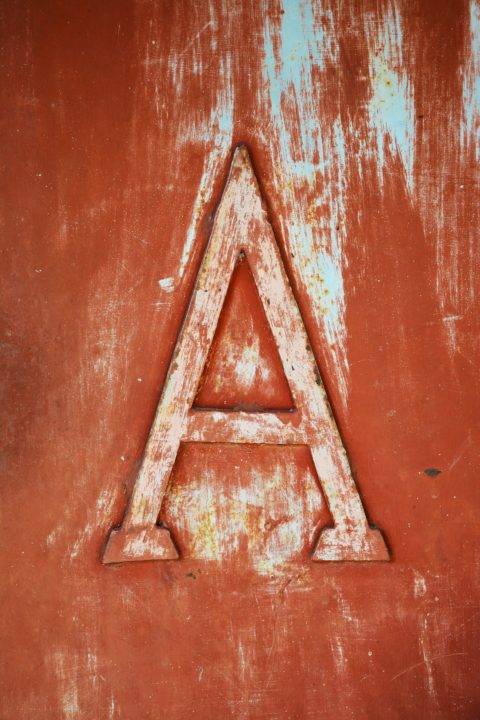
Since we are using paint thinner in this example, it is important that you properly protect yourself. Throw on some safety glasses, rubber gloves, and ensure that both your arms and legs are properly protected. Since paint thinner has some dangerous fumes, be certain to work with proper ventilation and a respirator as well.
Safety cannot be stressed thoroughly enough here. Whenever working with dangerous chemicals, make sure to take the proper safety precautions. Inhaling those dangerous chemicals can have potential impacts on your respiratory system without proper safety protocols.
Step 3: Apply Paint Stripper
There may be different directions depending on the manufacturer, but the process is all generally the same. Just pour a small amount of your paint stripper into a can; metal or glass will suffice. Let it set for the proper amount of time before you begin the next step.
For the most part, you will begin to see the same thing no matter what paint stripper you use. As the stripper sets, the paint should begin to bubble on the metal surface. This indicates that the chemicals within the stripper are breaking down the paint and physically pulling it from the surface of the metal.
It won’t be anything pronounced but when you see that subtle bubbling, you are ready for the next step.
Step 4: Scrape
If you were expecting something more refined, think again. The paint stripper will work to make the paint structurally weaker before you can get in there and scrape up the remnants. Depending on how good a job the stripper does, it may be easier for some than others.
That said, the scraper will only get you so far. When you get into the harder-to-reach areas and crevices, the scrubbing pad or even a nylon brush can help. Just make sure that you trim the bristles on your nylon brush shorter.
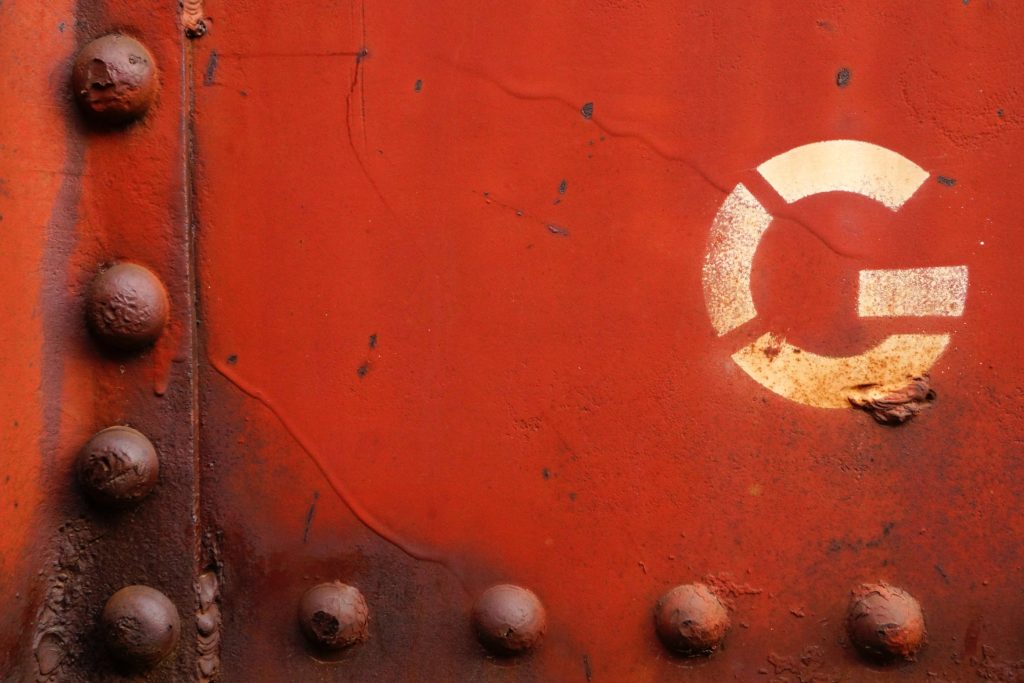
The shorter, rougher bristles should work to chip away at those tougher areas. If you need to, reapply the stripper and continue working at the piece until it is paint-free. Depending on the severity of the paint, it may take a few rounds to ensure that the paint has been entirely removed.
Step 5: Mineral Spirits
Even thoroughly apply paint stripper and scraping the entire surface will not do the whole job. You may not see any remnants of paint on the metal surface on which you are working, but that does not mean that it isn’t there.
Applying mineral spirits with a damp rag should do the trick. The mineral spirits are an abrasive that will lift up any flakes that may have been left by the paint. Furthermore, the mineral spirits will remove the vast majority of any chemical residue that the paint may have left behind.
Don’t skip this step. To the naked eye, it may appear as though all of the paint is gone. But when you touch the metal surface later on, it may feel a bit rough to the touch. The mineral spirits can set you up for the next step, too.
Step 6: Clean the Metal
With the paint removed down to the chemical residue, all that is left is to properly clean the metal surface. Using water and a damp rag, wipe away any trace of the paint stripper from the surface. Follow that up with a clean, dry rag.
With the metal cleaned, it is ready for new use. On tables or other furniture, any accompanying hardware can be screwed back into place. Should you plan to put these metal pieces outdoors, just make sure that you apply a weatherproofing sealant before doing so.
Alternative Methods of Removal
Paint stripper tends to be one of the most effective tools for removing old paint. After all, it is right there in the name. That said, not everyone is crazy about the idea of using chemicals as potent as those found in paint strippers.
So, if you are looking for an alternative that doesn’t involve so many chemicals, you are in luck. Here are a few alternative methods of paint removal to consider.
Just Use a Scraper
If you are lucky, you may not need the thinner at all, just your scraper. The scraper is simple yet effective: a metal or plastic blade with enough flex to bend and get beneath the paint. It will take a little more elbow grease to get the job done, but you also won’t have to wear protective eyewear or a respirator.
For an extra level of caution, go with a plastic blade over a metal one. This way you don’t have to worry about scratching or gouging the metal surface. Even better, scrapers come in a wide array of sizes, so you can choose the size that is most comfortable for you and best fits the area that you are working on.

Heat Gun
This method is probably best served for smaller areas or projects where you intend to work in smaller sections. That said, the heat from a heat gun essentially softens and melts the paint. In the best-case scenario, the paint will actually pull completely away from the surface. In reality, you will probably have to use this method in tandem with a scraper.
Start with your heat gun on the lowest setting. Make sure to hold the gun at least a few inches from the surface of the paint, moving it continuously. If you use a higher heat setting, you run the risk of the metal warping, so start slow.
When the paint starts to pull up or bubble, use your scraper to remove it entirely. Should you notice that the paint doesn’t bubble, slowly increase the heat. Proper heat-resistant gloves are a must for this job for proper safety.
Remove Paint from Metal with Natural Ingredients (Heat and Baking Soda or Vinegar)
Looking for a natural way to get that paint up? Combining water with baking soda or white vinegar with a heat source can be highly effective. For every quarter of water (boiled), add a quarter-cup of vinegar or baking soda.
This is ideal for hardware that can be removed and allowed to sit in the mixture. After 15 minutes or so, remove the hardware and scrape off any leftover paint using a hard-bristled brush or a scraper. Wear heat-protective gloves to protect yourself.

